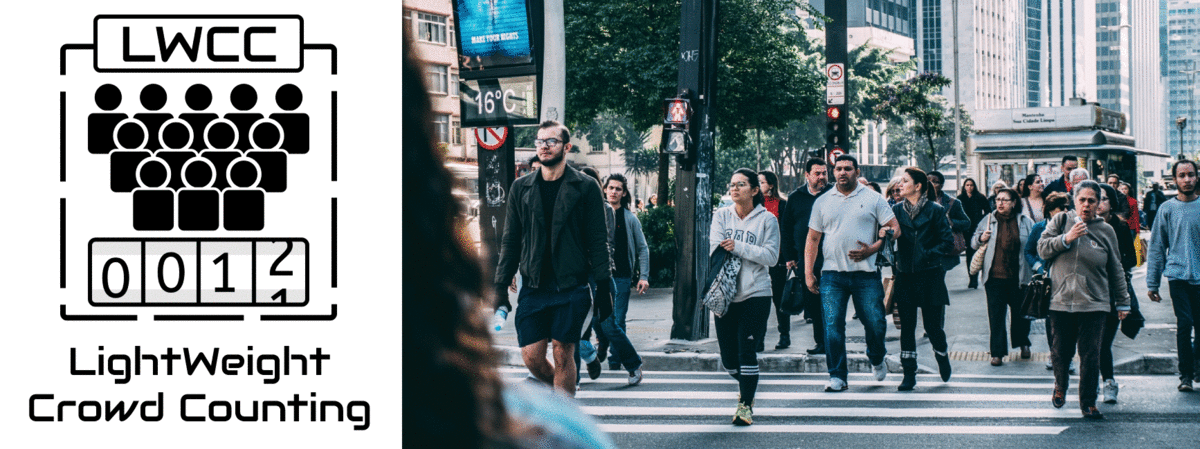CoRe: Contrastive Recurrent State-Space Models
This code implements the CoRe model and reproduces experimental results found in
Robust Robotic Control from Pixels using Contrastive Recurrent State-Space models
NeurIPS Deep Reinforcement Learning Workshop 2021
Nitish Srivastava, Walter Talbott, Martin Bertran Lopez, Shuangfei Zhai & Joshua M. Susskind
[paper]
Requirements and Installation
Clone this repository and then execute the following steps. See setup.sh for an example of how to run these steps on a Ubuntu 18.04 machine.
-
Install dependencies.
apt install -y libgl1-mesa-dev libgl1-mesa-glx libglew-dev \ libosmesa6-dev software-properties-common net-tools unzip \ virtualenv wget xpra xserver-xorg-dev libglfw3-dev patchelf xvfb ffmpeg -
Download the DAVIS 2017 dataset. Make sure to select the 2017 TrainVal - Images and Annotations (480p). The training images will be used as distracting backgrounds. The
DAVISdirectory should be in the same directory as the code. Check thatls ./DAVIS/JPEGImages/480p/...shows 90 video directories. -
Install MuJoCo 2.1.
- Download MuJoCo version 2.1 binaries for Linux or macOS.
- Unzip the downloaded
mujoco210directory into~/.mujoco/mujoco210.
-
Install MuJoCo 2.0 (For robosuite experiments only).
- Download MuJoCo version 2.0 binaries for Linux or macOS.
- Unzip the downloaded directory and move it into
~/.mujoco/. - Symlink
mujoco200_linux(ormujoco200_macos) tomujoco200.
ln -s ~/.mujoco/mujoco200_linux ~/.mujoco/mujoco200- Place the license key at
~/.mujoco/mjkey.txt. - Add the MuJoCo binaries to
LD_LIBRARY_PATH.
export LD_LIBRARY_PATH=$HOME/.mujoco/mujoco200/bin:$LD_LIBRARY_PATH -
Setup EGL GPU rendering (if a GPU is available).
- To ensure that the GPU is prioritized over the CPU for EGL rendering
cp 10_nvidia.json /usr/share/glvnd/egl_vendor.d/- Create a dummy nvidia directory so that mujoco_py builds the extensions needed for GPU rendering.
mkdir -p /usr/lib/nvidia-000 export LD_LIBRARY_PATH=$LD_LIBRARY_PATH:/usr/lib/nvidia-000 -
Create a conda environment.
For Distracting Control Suite
conda env create -f conda_env.ymlFor Robosuite
conda env create -f conda_env_robosuite.yml
Training
-
The CoRe model can be trained on the Distracting Control Suite as follows:
conda activate core MUJOCO_GL=egl CUDA_VISIBLE_DEVICES=0 python train.py --config configs/dcs/core.yaml
The training artifacts, including tensorboard logs and videos of validation rollouts will be written in ./artifacts/.
To change the distraction setting, modify the difficulty parameter in configs/dcs/core.yaml. Possible values are ['easy', 'medium', 'hard', 'none', 'hard_bg'].
To change the domain, modify the domain parameter in configs/dcs/core.yaml. Possible values are ['ball_in_cup', 'cartpole', 'cheetah', 'finger', 'reacher', 'walker'].
-
To train on Robosuite (Door Task, Franka Panda Arm)
- Using RGB image and proprioceptive inputs.
conda activate core_robosuite MUJOCO_GL=egl CUDA_VISIBLE_DEVICES=0 python train.py --config configs/robosuite/core.yaml- Using RGB image inputs only.
conda activate core_robosuite MUJOCO_GL=egl CUDA_VISIBLE_DEVICES=0 python train.py --config configs/robosuite/core_imageonly.yaml
Citation
@article{srivastava2021core,
title={Robust Robotic Control from Pixels using Contrastive Recurrent State-Space Models},
author={Nitish Srivastava and Walter Talbott and Martin Bertran Lopez and Shuangfei Zhai and Josh Susskind},
journal={NeurIPS Deep Reinforcement Learning Workshop},
year={2021}
}
License
This code is released under the LICENSE terms.







